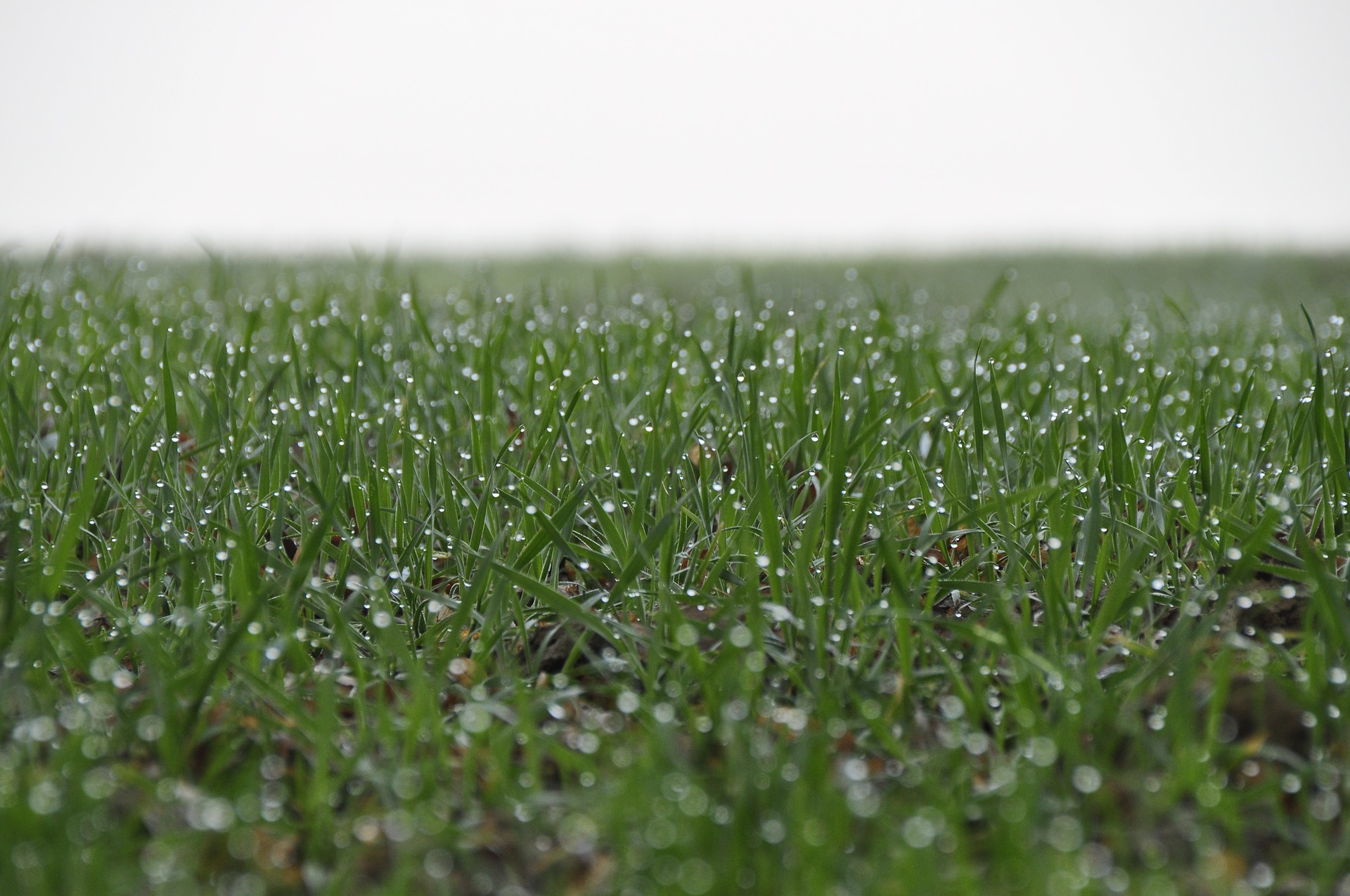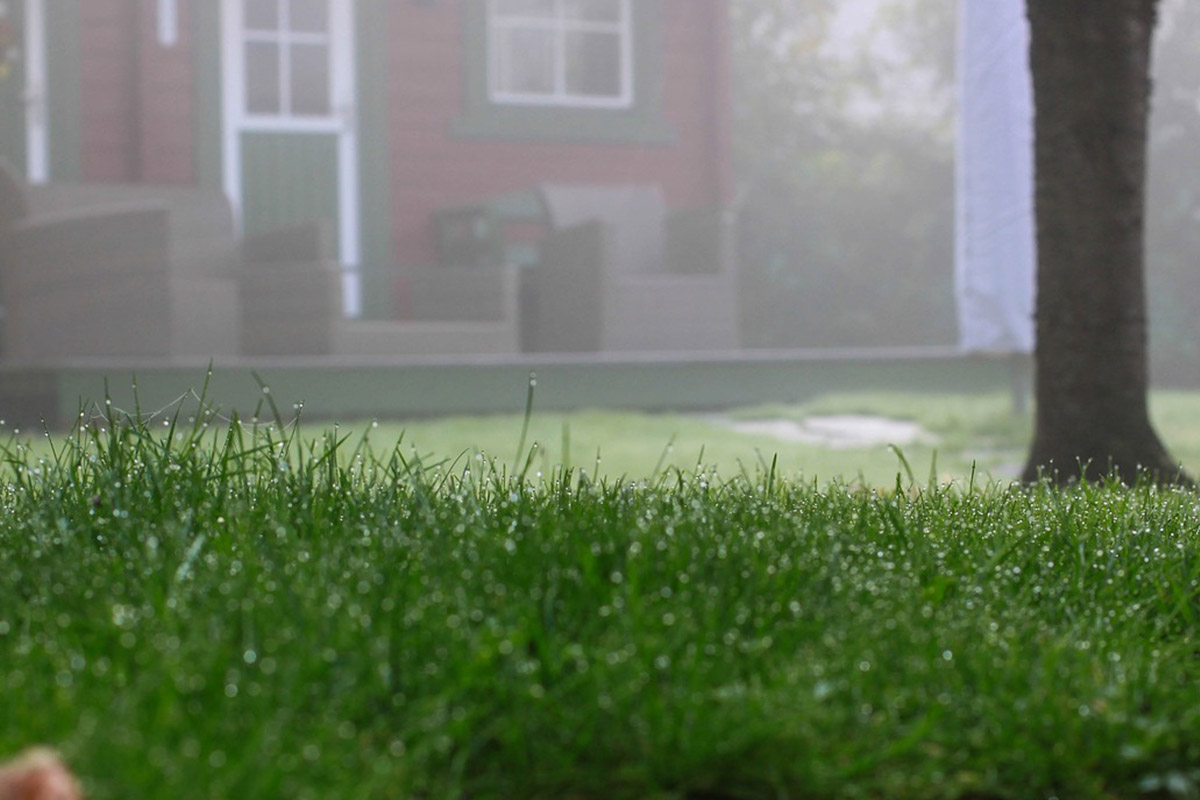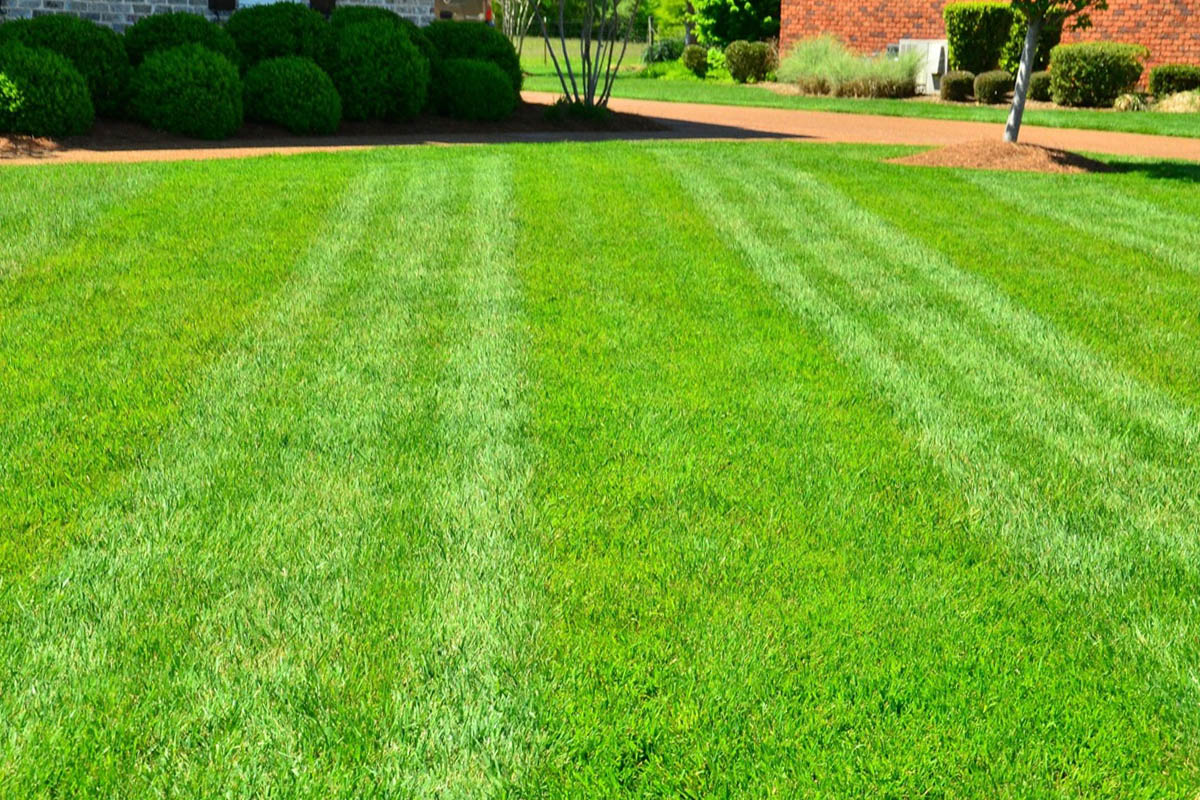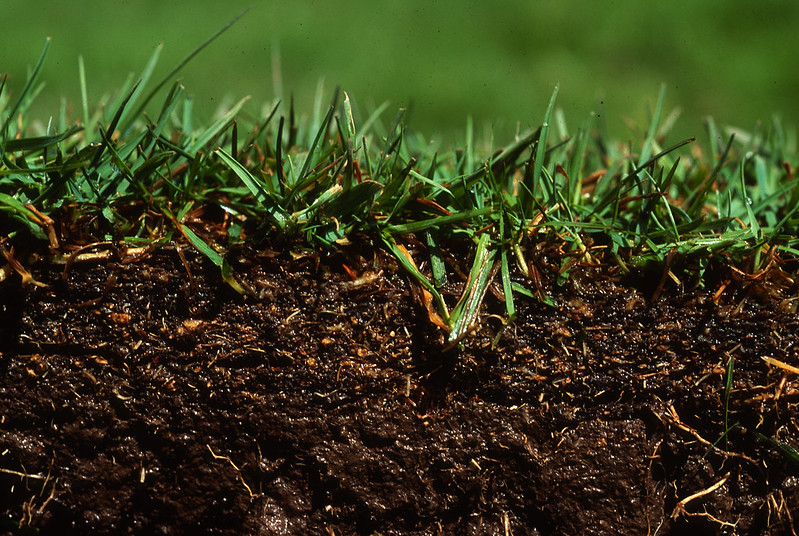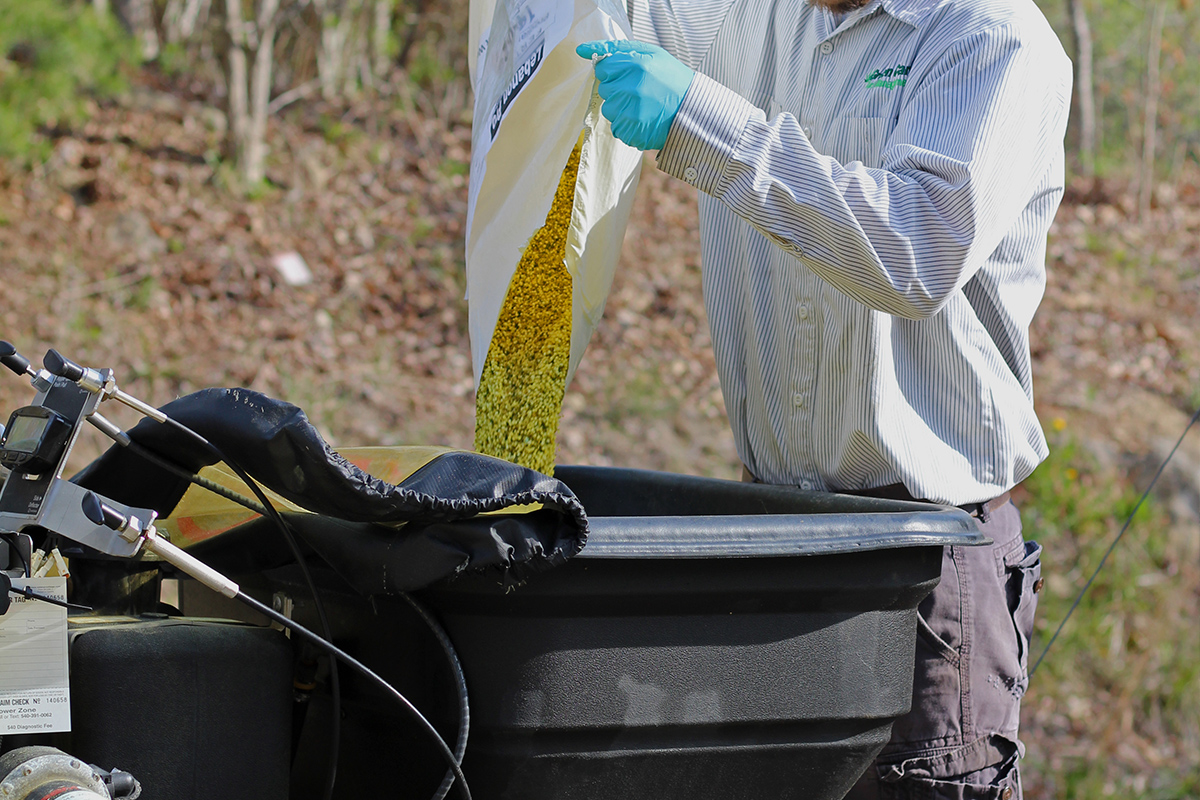We’ve officially entered fall as of last week, but the weather here in the New River Valley felt much more like summer for the whole month of September. With high temperatures and extremely low rainfall totals, the lawns in our area are looking more like they often do in mid July—dry and brown—than they do in early fall.
While we wait and hope that the cooler and wetter conditions of a normal NRV fall are coming soon, we at Green Care have been busy with many of our fall services. From fertilization and lime applications to core aeration and more, we are taking advantage of the time we have before winter to help prepare our customers’ lawns to be as green and healthy as they can be.
Earlier this year, we shared with you the reasons to avoid seeding your lawn in the spring because fall is actually the recommended time of year to seed. So now that fall is here, we thought we’d share a couple of the reasons why that is!
Roots Are More Mature When Summer Heat Arrives
We’ve talked before about how healthy roots equal healthy turf. So when you’re talking about new grass seed, you have to give those new plants as much time as possible to develop healthy roots if you want them to survive. For cool season grasses, the most stressful time of year is summer. That’s when they rely on the nutrients reserved in their roots. Any grass plants that don’t have strong roots when summer comes are not going to survive the high temperatures and prolonged dryness.
By seeding in the fall, when cool season grasses still grow well and rainfall is usually still consistent, you’re giving the plants time to become established before winter. Their roots develop into late fall and early winter. Then spring arrives and their roots have even more time to mature before the hot days of summer hit. This gives your new grass its best chance to be mature enough to survive.
You Can Combine Multiple Fall Lawn Care Tasks Together
New grass seed needs just the right set of conditions to be able to grow well—planting at the right depth in non-compacted soil, plenty of water, and fertilization. When you seed in the fall, it’s also the ideal time of year to make these other conditions happen. So you can end up knocking out all of these lawn care tasks around the same time!
For example, Green Care pairs one of our other fall services, core aeration, with overseeding. Core aeration opens up the soil in your lawn by plugging holes in it. Our aerator plugs 2-3 inch deep, finger-size holes into the soil. This relieves soil compaction, opening it up to improve infiltration of water, fertilizer, and oxygen into the roots. Seeding combined with aeration allows for maximum seed to soil contact, making it more effective than just seeding alone. This periodic seeding process allows the new seedlings to root into the aeration holes, which improves and maintains turf density, allowing for a thicker, healthier looking lawn. Fall is our preferred time of year for core aeration and overseeding because the soil is typically moist and warm enough for the aeration, but we don’t have to worry about spreading weed seeds in the process.
Additionally, ample watering is needed for your new grass. Usually we get more consistent rainfall in the fall in the NRV (this fall has been unusually dry so far). But even when it’s raining regularly, supplemental irrigation is usually required for new grass seed.
Finally, new grass seed benefits from fertilization, specifically nitrogen fertilizers. Fall is also the recommended time of year to apply nitrogen fertilizers. For more information on recommended fertilizers, check out this VCE publication or get in touch with Green Care to discuss your options.
For all of these reasons, fall is truly the most ideal time of year for seeding. Check out this VCE podcast for more information about establishing new grass in the fall.
Hopefully we’ve convinced you of the benefits of fall seeding! Get in touch with Green Care today to arrange seeding or our other fall services to get your lawn to its healthiest before winter arrives.

